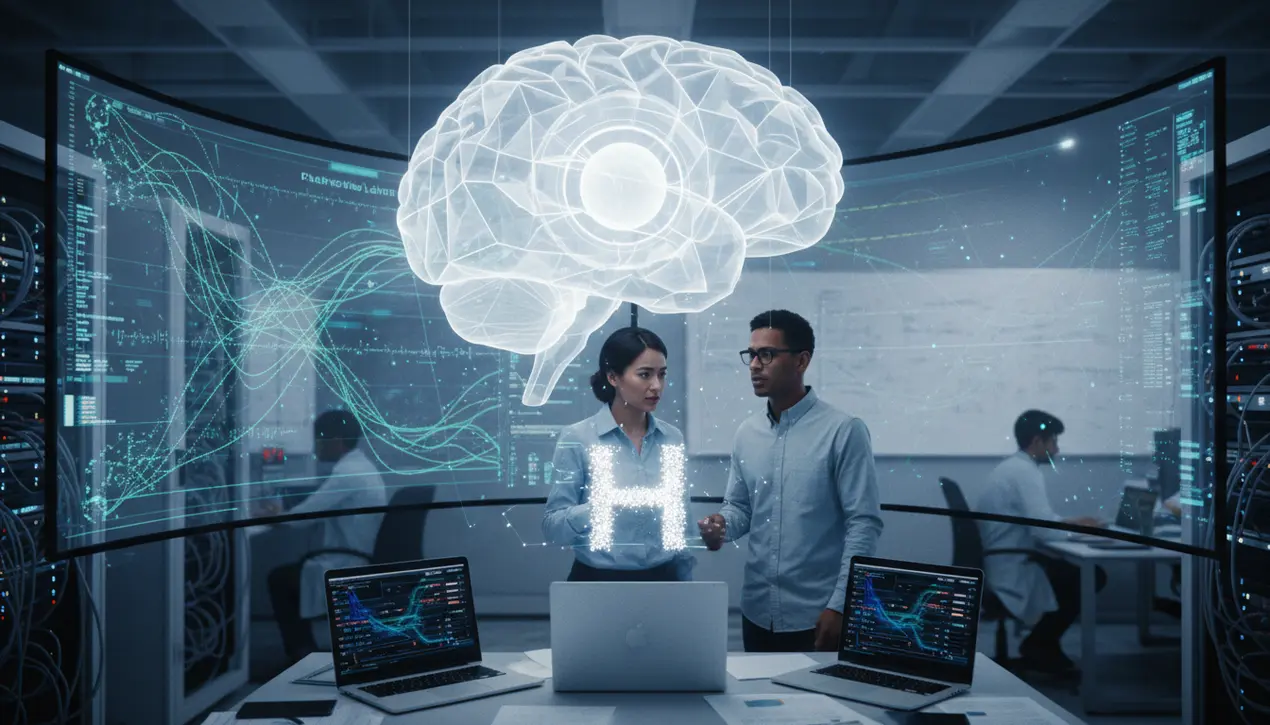
AIresearch & breakthroughsMemory and Reasoning
Google's Nested Learning paradigm could solve AI's memory problem
DA
Daniel Reed
22 hours ago7 min read4 comments
Google researchers have unveiled a groundbreaking AI paradigm called Nested Learning that directly confronts what many consider the Achilles' heel of contemporary large language models: their fundamentally static nature post-training. This innovative approach reframes machine learning not as a singular optimization process but as a system of nested, multi-level problems operating simultaneously at different temporal scales, mirroring the brain's own hierarchical learning mechanisms.The researchers substantiated their theoretical framework by developing Hope, an architecture demonstrating superior performance across language modeling, continual learning, and long-context reasoning tasks. This development represents a significant departure from the transformer architecture that currently dominates AI, which despite enabling the shift from task-specific models to general-purpose systems through scaling, remains fundamentally incapable of updating its core knowledge after initial training.The central limitation is stark: today's LLMs lack any mechanism for 'online' consolidation, meaning information processed within their context window never updates their long-term parameters—the weights stored in feed-forward layers. This creates an AI analogous to a person who cannot form new long-term memories, forever constrained by pre-training knowledge (the distant past) and immediate context (the present), with all intermediate learning evaporating once the context window advances.Nested Learning addresses this by treating a model's architecture and optimization algorithm as interconnected components rather than separate entities, developing what the researchers term 'associative memory'—the ability to connect and recall related information across different abstraction levels. Hope implements this through a Continuum Memory System (CMS) functioning as multiple memory banks updating at varying frequencies, enabling theoretically infinite learning levels through self-modifying architecture.Initial testing revealed Hope achieved lower perplexity and higher accuracy than standard transformers and modern recurrent models, particularly excelling in 'Needle-In-Haystack' tasks requiring identification of specific information within extensive text sequences. This positions Nested Learning within a broader movement toward hierarchical AI systems, alongside Sapient Intelligence's Hierarchical Reasoning Model and Samsung's Tiny Reasoning Model, though it faces substantial implementation challenges given current hardware and software stacks are heavily optimized for transformer architectures. Nevertheless, if successfully scaled, this paradigm could finally enable AI systems that continually adapt to real-world environments where data, user needs, and contexts constantly evolve—a capability crucial for enterprise applications and a significant step toward more autonomous, resilient artificial intelligence.
#Nested Learning
#Google AI
#Continual Learning
#Hope Model
#Large Language Models
#Memory Systems
#featured
Stay Informed. Act Smarter.
Get weekly highlights, major headlines, and expert insights — then put your knowledge to work in our live prediction markets.
Comments
Loading comments...
© 2025 Outpoll Service LTD. All rights reserved.